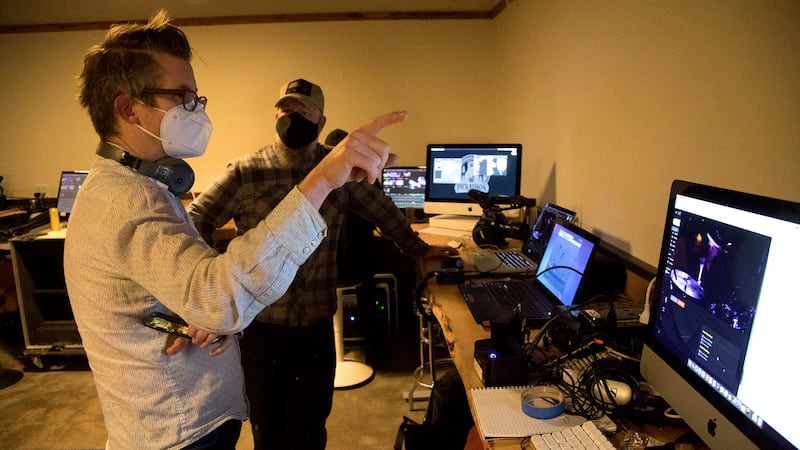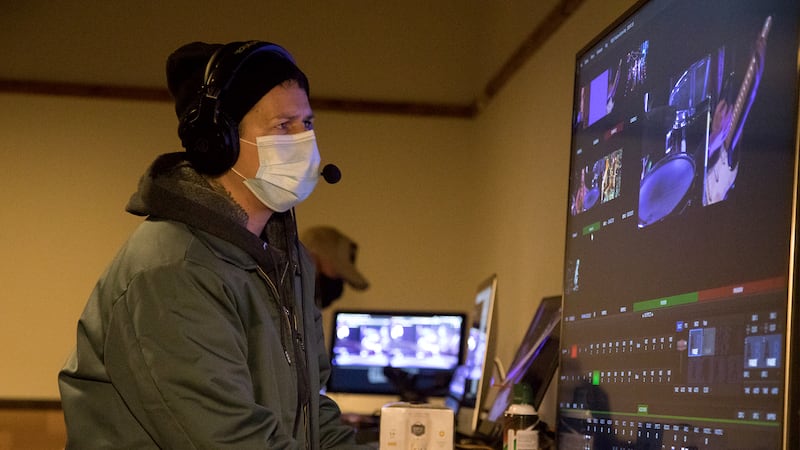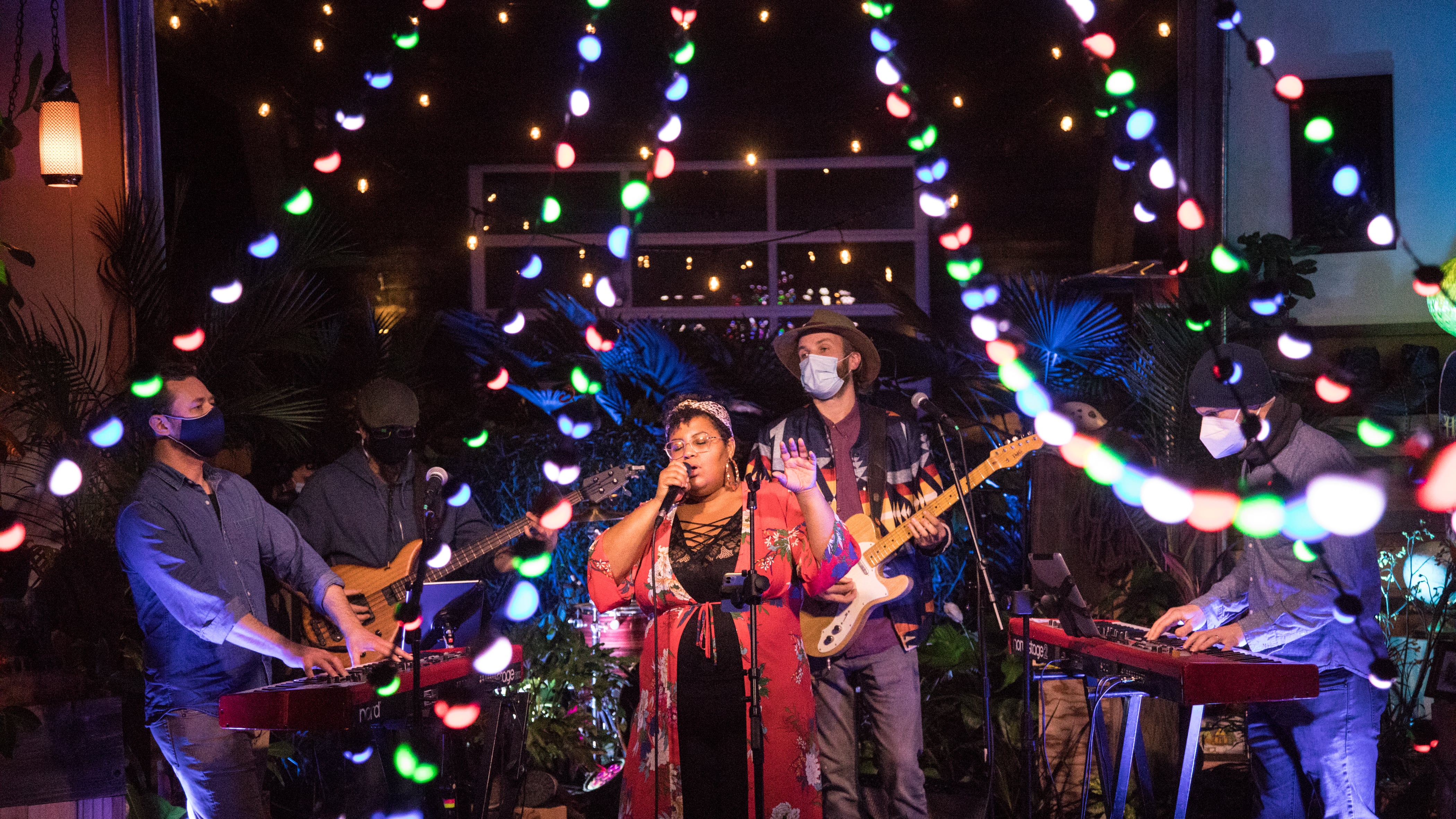In 2020, the world pivoted to video. Hunkered down in their respective domiciles, many were forced to adapt to a new world of Zoom meetings, FaceTime calls, and livestreams.
But no one had to make the adjustment more quickly than the millions of workers who make a living off live performance. Musicians, comedians, dance troupes, drag performers, and various arts organizations had to learn the ins and outs of webcams, ring lights and audio interfaces. It was not only a lifeline to keep them connected to fans, but also, thanks to ticket sales and donations, a vital source of income.
Great as those livestreams could often be, for the people on camera there was one vital component missing: real-time audience reactions. No applause. No laughter. Not even a heckle. Just silence.
That’s the problem that the minds behind FRQNCY are trying to solve. Developed by the same team that founded music festival Pickathon, this new streaming platform uses a proprietary technology called Qsound to allow performers on a livestream to hear the clapping and cheering of their viewers.
The Pickathon team dreamed up the simple, elegant idea in 2020 as it began streaming video of past festival performances online to raise money for MusiCares, a nonprofit that supports musicians dealing with financial and medical crises. Even as it built relationships with Facebook, YouTube, and Twitch, it couldn’t get those platforms to understand that, as Pickathon founder and director Zale Schoenborn bluntly puts it, “Livestreams suck.”
“They’re not live,” he says. “It’s like watching a video. No one really cares. By September, we realized no one really gets it, so we’re just gonna do it.”


The team spent the next few months working with software programmers, trying out various ideas, including letting performers see the faces of their audiences (“that was much creepier than just restoring what people are used to,” Schoenborn says) and then asking artists to beta-test the platform.
With all the bugs worked out, FRQNCY made its biggest public splash in June with a one-day trial, held in Brooklyn, that featured live recordings of popular podcasts like Chapo Trap House and We Hate Movies along with performances by punk rock band Downtown Boys and goth-pop superstar Zola Jesus. Ticket buyers had the option to “hang out” backstage with the performers, interacting with them via chat and video.
“It was so great,” Schoenborn says. “It really gave folks with a relationship with their audience a clear look into how to do things they couldn’t do before.”
Even as live events are starting to happen again, Schoenborn’s hope is that FRQNCY can move into those spaces as well. The company is looking to partner with venues to allow viewers who can’t attend a show in person to watch a livestream and have their applause and cheers broadcast to the performers along with the sounds of the physical audience. FRQNCY’s first attempt at this will be Sept. 12 at Malian guitarist Vieux Farka Toure’s gig at the Star Theater.
“We’re not trying to disrupt the entire ecosystem,” says Schoenborn. “We’re really thinking of this as being on top of the ecosystem. It generates more revenue for everyone on top of what they’re already earning. It just makes things more sustainable.”
